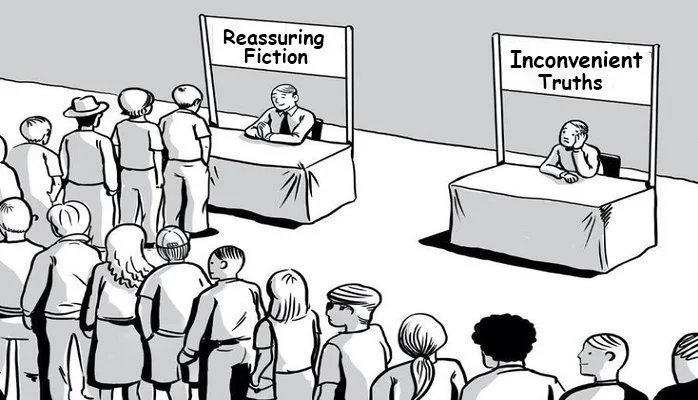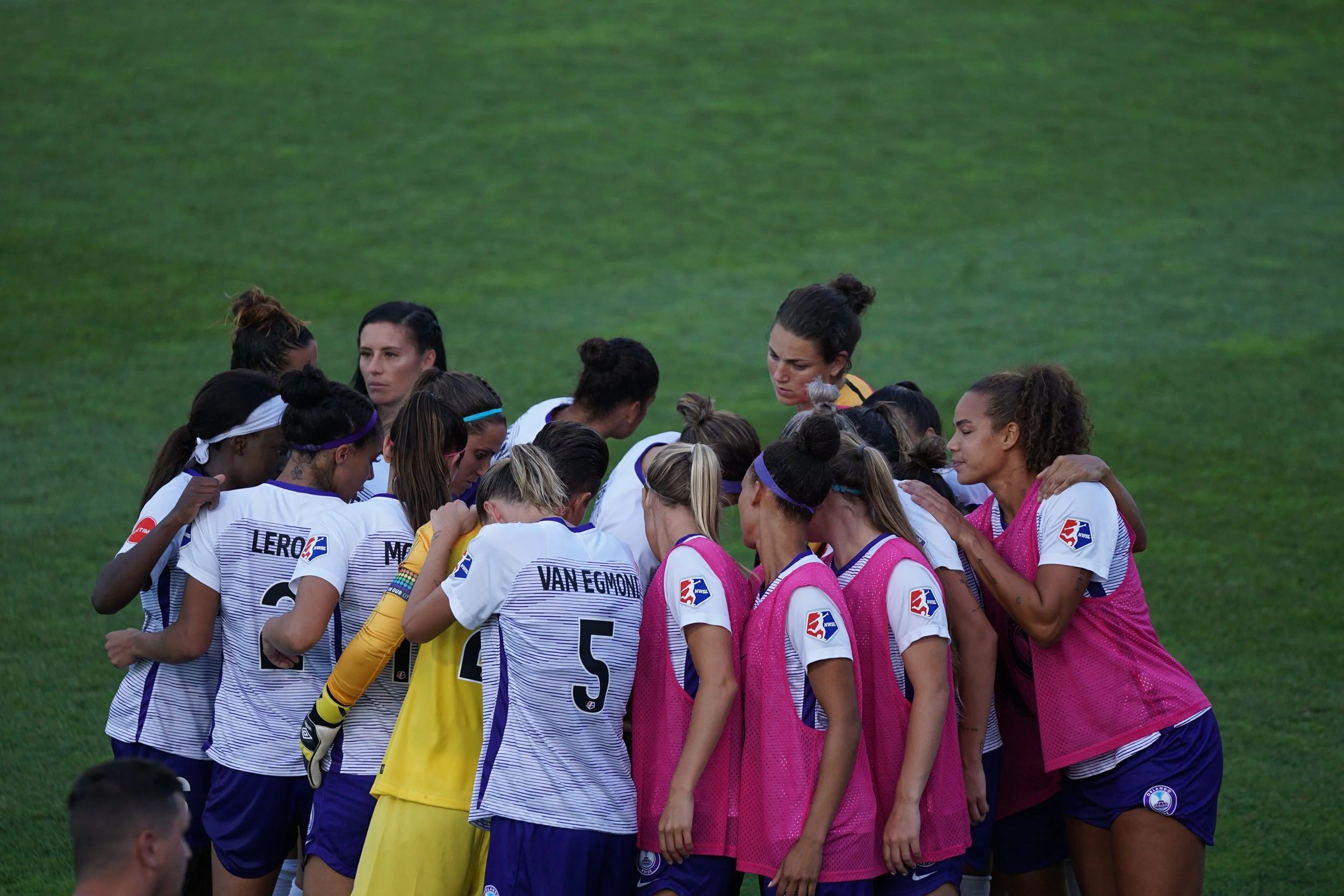Athletes and coaches across all sports incessantly speak about the importance of 'focussing on the process', and process goals. As coaches and practitioners we are likewise ever mindful of scheduling constraints and the need to make best use of the finite time permitted to prepare our athletes. In previous posts we have spoken about the importance of mobilising mental resources, and the critical role of athletes' perception in relation to training responses. Here we will venture into the realms of teaching and learning, in order to make meaningful use of the notion of 'process focus' in the context of sport. In our quest for more purposeful training we will explore the concept of 'meta-learning', and outline how these principles might be applied to the process and the practice of preparing athletes.
Unravelling 'Locus of Focus' - Where to Direct Athletes' Attention When Training and Competing
Locus refers to a place or position where something is located: locus of attention concerns the location of an athlete's focus when executing a movement. Typically, locus of attention is stratified into internally versus externally located focus. The current dominant message to coaches and practitioners is to cue in a way that avoids an internal focus of attention - essentially 'internal focus BAD; external focus GOOD'. Yet when we look beyond the dominant narrative and take a closer look at the research on the topic, the question of where and how to direct an athlete's locus of attention when learning and performing becomes rather more complex. There is growing evidence to indicate that what is optimal may vary according to the population concerned, the task, context and even individual preference or predisposition. In this post we will delve deeper and attempt to unravel the topic of locus of focus.






